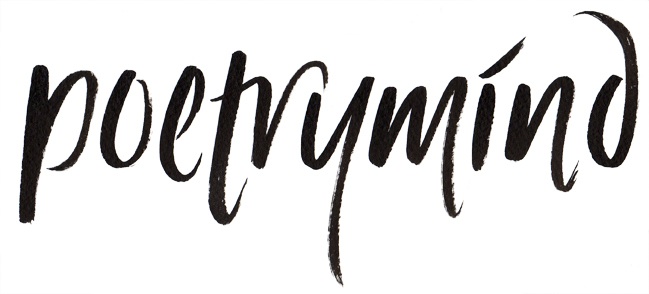The next meditation and writing workshop will take place at the Shambhala Meditation Center in Shelburne Falls, MA on Saturday, April 2, 2016 11:00 AM-2:00 PM.
The main topic will be our continued explorations of the poetics of uncertainty and Keats' Negative Capability that is to say:
NEGATIVE CAPABILITY – defined by Keats
Negative capability is a theory of the poet John Keats. Keats' theory of "negative capability" was expressed in his letter to George and Thomas Keats dated Sunday, 28 December 1817.
“I had not a dispute but a disquisition with Dilke, on various subjects; several things dovetailed in my mind, & at once it struck me, what quality went to form a Man of Achievement especially in literature & which Shakespeare possessed so enormously - I mean Negative Capability, that is when man is capable of being in uncertainties, Mysteries, doubts without any irritable reaching after fact and reason.
Keats believed that great people (especially poets) have the ability to accept that not everything can be resolved. Keats was a Romantic and believed that the truths found in the imagination access holy authority. Such authority cannot otherwise be understood, and thus he writes of "uncertainties." This "being in uncertaint[y]" is a place between the mundane, ready reality and the multiple potentials of a more fully understood existence.”
Keats expressed this idea in several of his poems:
La Belle Dame sans Merci: A Ballad (1819)
Ode to a Nightingale (1819)
The Fall of Hyperion: A Dream (1819)
Ode on a Grecian Urn (1819)
Negative capability is a state of intentional open-mindedness paralleled in the literary and philosophic stances of other writers. Much has been written about this. Walter Jackson Bate, Keats's authoritative biographer, wrote an entire book on the topic. The footnote to the negative capability letter in the 1958 Harvard UP edition of the Letters of John Keats references the work of Woodhouse, Bate, C. L. Finney, Barbara Hardy, G. B. Harrison, and George Watson, all prior to the edition’s printing in 1958. In the 1930s, the American philosopher John Dewey cited Keatsian negative capability as having influenced his own philosophical pragmatism, and said of Keats' letter that it "contains more of the psychology of productive thought than many treatises." [2] [3] Additionally, Nathan Scott (author of a book titled Negative Capability), notes that negative capability has been compared to philosopher Martin Heidegger’s concept of Gelassenheit, “the spirit of disponibilité before What-Is which permits us simply to let things be in whatever may be their uncertainty and their mystery."
Walt Whitman---from Leaves of Grass
“Do I contradict myself? Very well, then I contradict myself, I am large, I contain multitudes.”
Bring a poem (with copies) to share.
A few notes for walking meditation exercise from notes taken in a workshop with Anne Waldman in Patzcuaro, Mexico (If the weather is great we will take our meditation for the day outdoors) :
1) Act of Observation/Attention – Compassionate engagement with other
2) Act of Observation/Notation –Entre into sacred world as pure perception
(3) Act of Notation/Articulation –Generosity of spirit
4) Poetic Notation– a dot in the continuity of poets past and present
For further information contact Jacqueline at 413-522-1125

